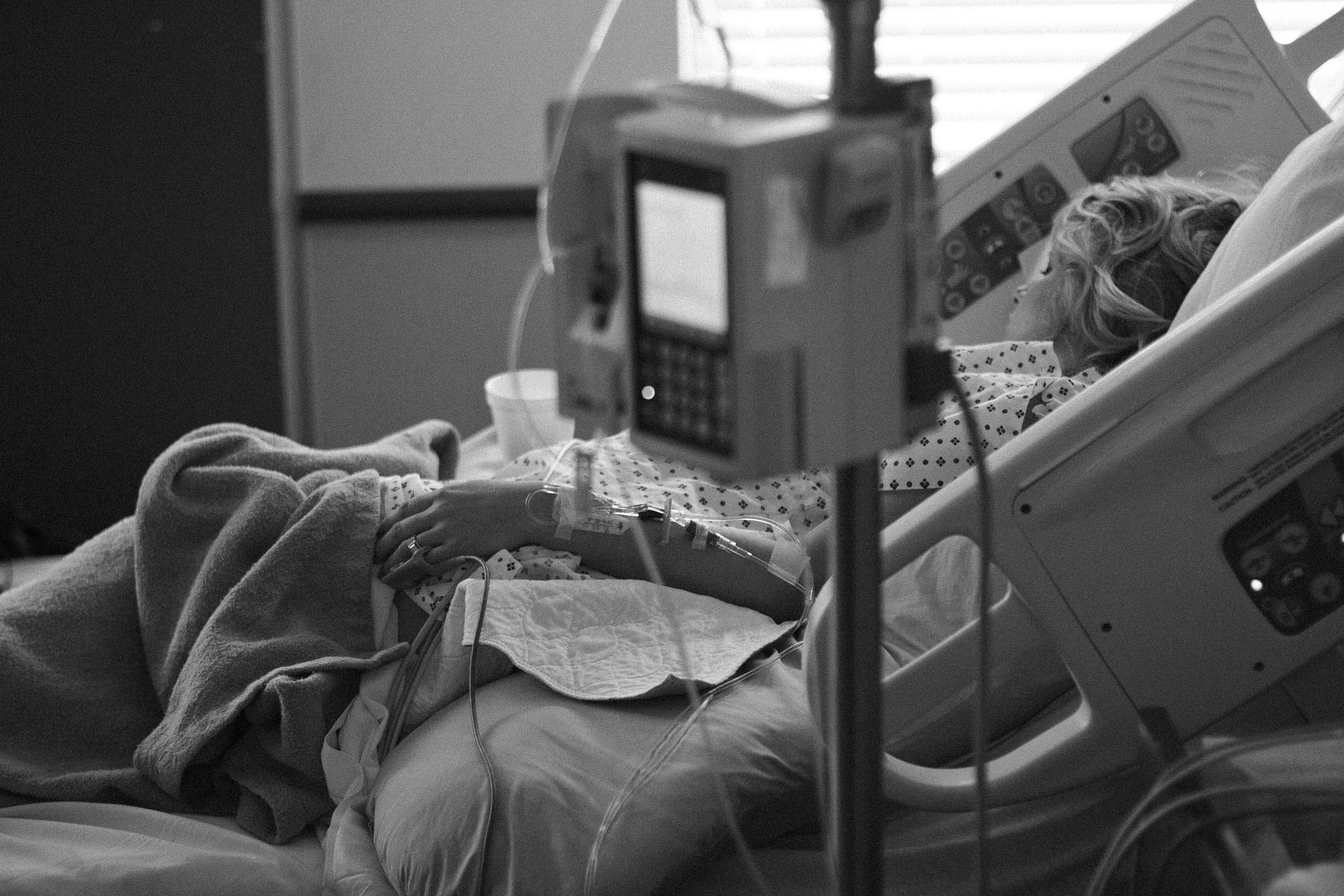Machine Learning Improves Prediction of Sepsis after Stem Cell Transplant
Machine learning improves prediction of bacterial sepsis among immunocompromised recipients of stem cell transplant.

A newly validated decision-support product developed with machine learning predicted bacterial sepsis in immunocompromised recipients of allogenic hematopoietic cell transplant (allo-HCT) more reliably and with better prognostic performance than commonly used sepsis detection tools, despite atypical presentations of sepsis in this population.
“…sepsis is challenging to diagnose among recipients of allo-HCT,” indicated Margaret Lind, MPH, Department of Epidemiology, University of Washington, Seattle, WA, and colleagues.
“In individuals who are immunosuppressed, sepsis has less common presentations, manifests with subtle clinical findings, and progresses more rapidly than in immunocompetent populations,” Lind and colleagues explained.
With early and accurate detection of sepsis critical to improving outcomes, and with the possibility of reducing the early empirical broad-spectrum antibiotic use that is associated with increased antibiotic resistance and hospital-acquired infections, the investigators sought to develop decision tools that might perform better in this population than the National Early Warning Score (NEWS), the quick Sequential Organ Failure Assessment (qSOFA), or the Systemic Inflammatory Response Syndrome (SIRS).
Lind and colleagues describe using state-of-the-art stacked ensembling technique to develop two automated bacterial sepsis decision tools for recipients of allo-HCT with potential bloodstream infections (PBI): the Super HCT Bacterial Sepsis Learner (SHBSL) and the Clinical Factor-Specific Super HCT Bacterial Sepsis Learner (C-SHBSL).Both, they indicate, have the potential to be integrated into electronic medical record systems to provide patient-specific sepsis risk probability estimates, and to flag patients who are at high risk at the time of blood culture collection.
The tools were evaluated in a study of 1594 individuals who experienced at least 1 PBI, from among 1943 individuals who received their first allo-HCT at a designated treatment center in Seattle between June 2010 and June 2019.Of a total of 8131 observed PBIs, 238 (2.9%) were high-sepsis risk bacteremia.
Medical records for the first 100 days following the procedure or until an earlier death were retrospectively evaluated to compare predictive tools. The investigators note that this was a period of close patient monitoring by inpatient and outpatient transplant teams. Blood cultures were recommended for patients with fevers, and surveillance cultures were recommended weekly or biweekly for patients receiving high-dose glucocorticoids. Levofloxacin was used as the primary antibiotic prophylaxis during neutropenic periods; and patients with neutropenic fever received empirical therapy with ceftazidime, cefepime, or meropenem.
The predictive, decision-support tools were compared in relative area under the receiver operating characteristic curve (AUROC) for estimated vs observed outcomes.The investigators reported that the SHBSL had higher estimated discrimination and calibration for high-sepsis risk bacteremia and short-term mortality among the recipients of allo-HCT with PBIs.
Compared with high-sepsis risk bacteremia, the SHBSL had the highest AUC (0.85; 95% CI, 0.81-0.89) followed by the C-SHBSL (0.72; 95%CI, 0.66-0.78). SIRS had the highest AUC of the three previously available tools (0.64; 95%CI, 0.57-0.71).The SHBSL also had the highest AUCs for PBIs identified in inpatient (0.82; 95%CI, 0.76-0.89) and outpatient (0.82; 95% CI, 0.75-0.89) settings; as well as for 10-day and 28-day mortality.
"Unlike most automated sepsis estimation tools, which were built to improve early detection of clinically identified sepsis through real-time estimation, we built SBHSL and C-SHBSL to improve the accuracy of the sepsis risk estimation itself," Lind and colleagues declared.
"This decision was driven by the atypical presentation of sepsis within our study population, the desire to build tools functional in both inpatient and outpatient settings, the limited accuracy of existing clinical scores, and reliance on outcomes that require cultures," the investigators explained.
